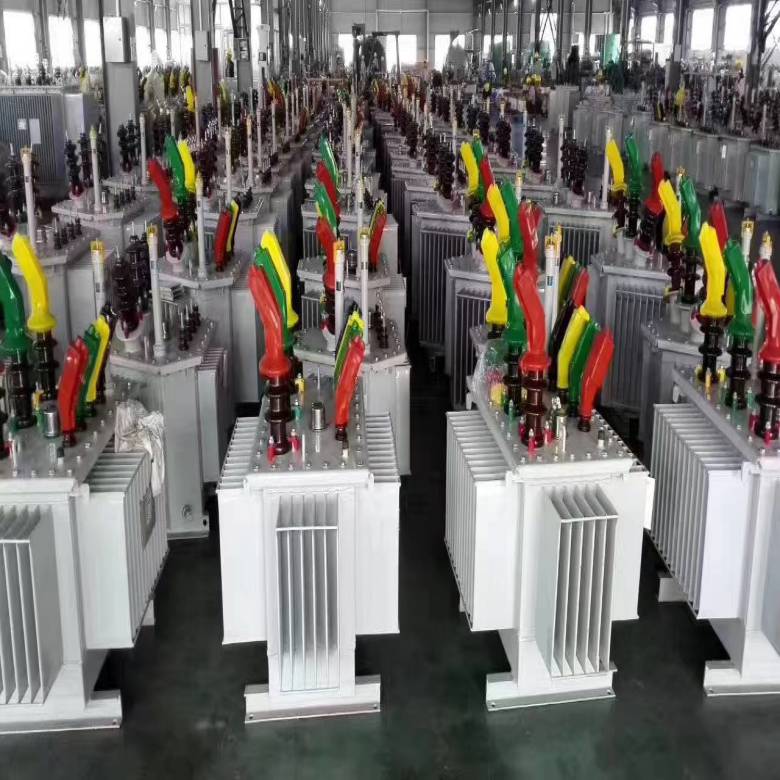
- Model No: bpDT5033KV
- Category: Transformers
- Keywords: DISTRIBUTION TRANSFORMER
- Manufacturer Name: BETA POWER
- Packing size:
- Price: ₹5,600,000
Description
The modern world runs on electricity, and at the heart of this vast power distribution infrastructure lies the humble yet crucial distribution transformer. From large industrial complexes to small household appliances, we depend on a steady supply of power for lighting, heating, computing, communication, transportation, and innumerable other applications. Though often overlooked, the distribution transformer plays a vital role in ensuring that the electricity we use reaches our homes and businesses safely and efficiently. In this blog post, we will discuss about distribution transformers, their types, unique features, and the various applications they serve in our power-driven world. What is a Distribution Transformer? A distribution transformer is a type of transformer that reduces high-voltage electricity from power stations down to lower levels suitable for distribution to end-use residential, commercial and industrial customers. It essentially acts as the critical link between the high-voltage transmission network and the low-voltage distribution network in the power system. Distribution transformers come in various standard sizes and power ratings to match different distribution voltage levels as well as load demands. They are usually installed on utility poles, ground pads or underground vaults near the area being served. Based on several phases, there are mainly two types: 1. Single Phase Distribution Transformer Ideal for lower capacity applications like residential complexes, commercial buildings etc. Common ratings are 10 kVA, 25 kVA, 63kVA. 2. Three-Phase Distribution Transformer Used for higher capacities in industrial setups, large residential complexes etc. Some common ratings for three-phase distribution transformers are 25kVA, 40kVA, 63kVA, 100kVA, 160kVA, 200kVA, 315kVA, 500kVA, 1mVA,1.6MVA,2.0MVA,3MVA,5MVA TO 150MVA etc. Salient Features of Distribution Transformer Modern distribution transformers incorporate some salient features that make them suitable for the demanding requirements of power distribution: 1. High efficiency: Careful design optimization ensures very low losses during energy transfer resulting in high efficiency of over 97%. This keeps electricity costs low by reducing wastage. 2. Reliability: Stringent quality control in design, raw materials and manufacturing results in highly reliable units that provide trouble-free service for over 25 years. 3. Overload capability: Short-term overloading above the rated capacity is supported to account for occasional spikes in demand. 4. Protection features: Inbuilt devices protect the transformer from issues like overheating, voltage spikes, short circuits etc. 5. Minimal maintenance: Robust sealed tanks with long-life insulating oil minimize maintenance requirements. 6. Compact footprint: Pole-mounted transformers utilize minimal ground space. 7. Low environmental impact: Distribution transformers utilize non-toxic, biodegradable vegetable-based oil instead of mineral oils. Applications of Distribution TransformerDistribution transformers have some key applications in power systems: Step down high transmission voltages of 33kV or 66kV down to primary distribution voltages of 11kV or 22kV. Reduce the primary distribution voltages down to 400/230V suitable for final consumers. The interface between various sections of the distribution system with different voltage levels. Provide ideal voltages to supply electric railway systems. Supply power to agricultural areas situated away from the main grid. Cater to temporary loads on construction sites.
